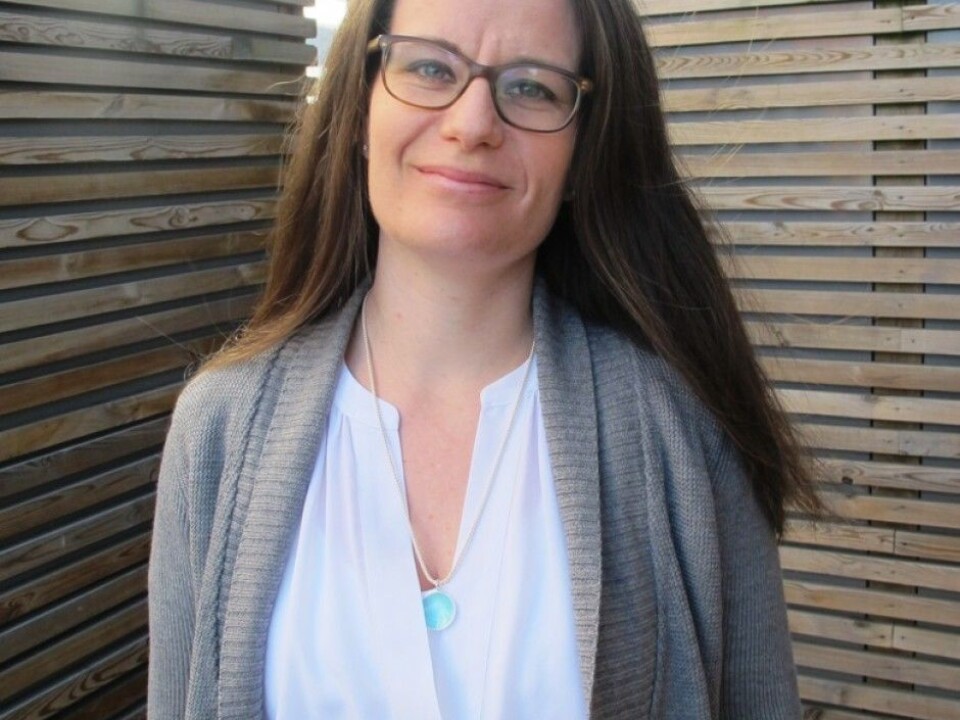
ADHD and language delay connections
A “wait-and-see” approach is not always in the child’s best interest. Early attention can alleviate later struggles.
Denne artikkelen er over ti år gammel og kan inneholde utdatert informasjon.
Child development research provides helpful benchmarks for us- especially if we are parents, teachers, or health care providers. Typically a child’s first birthday brings on their first words; word pairs appear around age two; and children start forming sentences once they turn three.
At the same time, deviations from those benchmarks are normal, particularly for young children. Recent research shows that children with ADHD symptoms who are struggling to keep up with their age peers in language development can be identified when they are as young as three years old.
Nina Rohrer-Baumgartner, a psychologist who has just completed her doctorate at the University of Oslo, has been researching the connection between language and restless children. She says, “Language is incredibly important. It’s important for how you manage at school and socially. It can determine whether or not you have friends.”
But what happens when a child’s behaviour is written off as inattentiveness or stubbornness, and no one picks up on his or her language struggle?
Distinguishing symptoms

Rohrer-Baumgartner became interested in language development when she worked in a children’s clinic. She recalls that children who were referred there with ADHD symptoms often turned out to have language delays instead of or co-occurring with ADHD. “Because of this, I wanted to learn how one can discern between children with multiple ADHD symptoms and those who also have speech delays,” she says.
ADHD symptoms include inattentiveness, hyperactivity and impulsivity. Language delays are frequently also part of the diagnosis. The language problems can be obscured by the other more visible symptoms of ADHD, and Rohrer-Baumgartner hopes that her research will enable health care providers to discover language problems early on.
But ADHD symptoms do not equate with a diagnosis, and Rohrer-Baumgartner says it is important to recognize that preschoolers “are so young, so for many three-year olds it’s normal to be unfocussed, very active and to have little muscle control.”
The degree to which symptoms affect the child and the family is of greater consequence, she says. “Children can have multiple symptoms with little effect on them or their surroundings, or they can have just one or two symptoms that have a huge impact on their lives.”
Take action early
Rohrer-Baumgartner examined 1200 children as part of the ADHD study, which was based on the Norwegian Institute of Public Health’s Mother and Child Cohort Study (MoBa). Study participants were divided into groups: children with ADHD symptoms only and children with ADHD symptoms and language delays.
The children performed a set of tests to detect language issues and other difficulties often associated with the condition. The results showed delayed language development could be detected early, and that children with language delays did not struggle significantly more on the non-language-based tests.
With these results, Rohrer-Baumgartner says that taking action early is key. “Since we know that we can actually examine three-year olds now, we should get the child in as quickly as possible if there is reason for concern, instead of taking a ‘wait and see’ attitude,” she says.
Parents typically have a good pulse on their child’s language development, she adds, and by using a variety of testing tools, the likelihood of picking up on language delays increases. Now health care providers need to learn about and use these available tools.
“But,” says Rohrer-Baumgartner, “language understanding is an important component of language development. If a child shows a good understanding of language, but they’re not talking much yet, there is not much cause for concern at this early age.”
Be clear and patient
Taking a constructive approach to tackling language problems can go a long way to reducing the daily challenges faced by children with language delays. Rohrer-Baumgartner recommends finding out the specific issues the child is struggling with so that effective communication strategies can be created.
Strategies can include giving shorter instructions, using simpler vocabulary, making eye contact when talking, and avoiding becoming angry when the child does not carry out the request. It could be that the child hasn’t understood the instructions.
“Many of these children face criticism everyday, which feels unfair because they can’t help that they have a language delay. Good interactions at home will help protect the child from additional problems,” says Rohrer-Baumgartner.
-----------------------------------------
Read the Norwegian version of this article at forskning.no



































